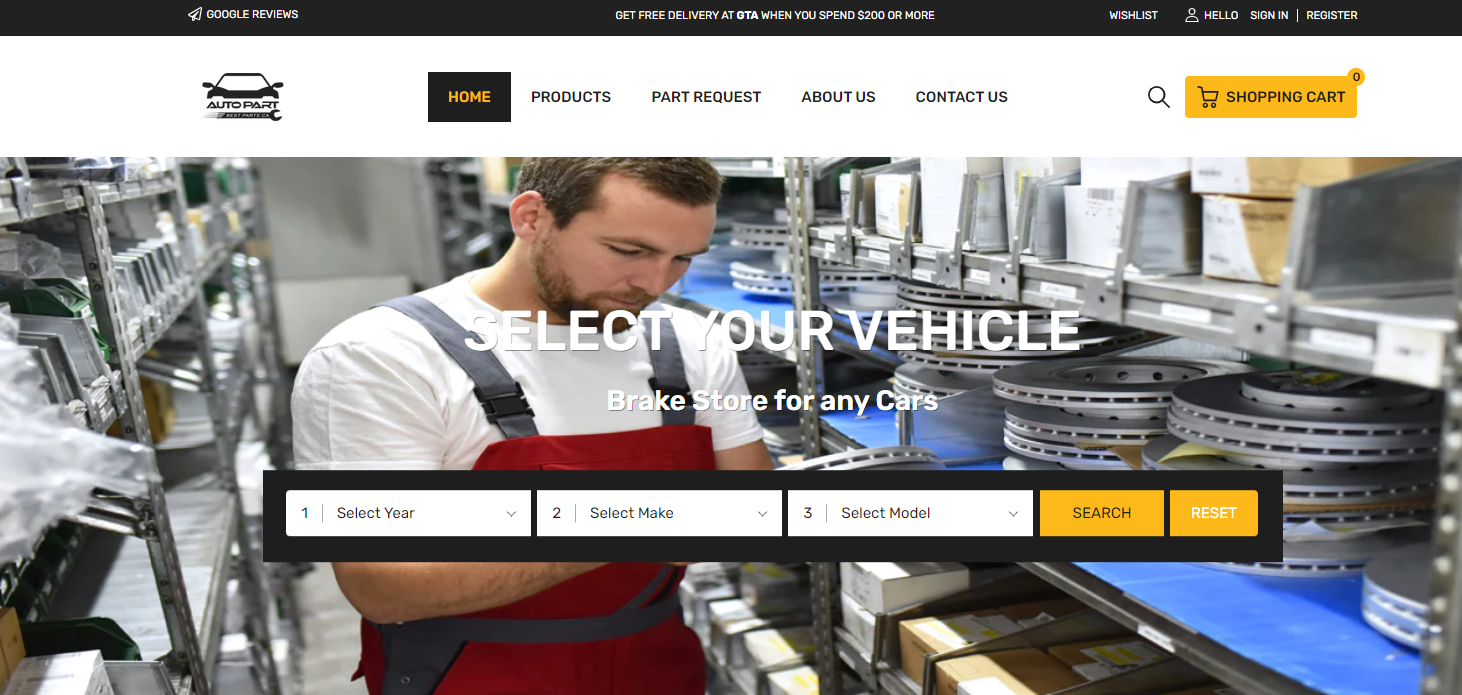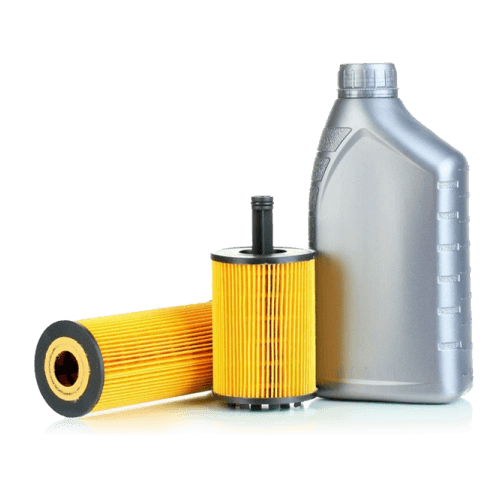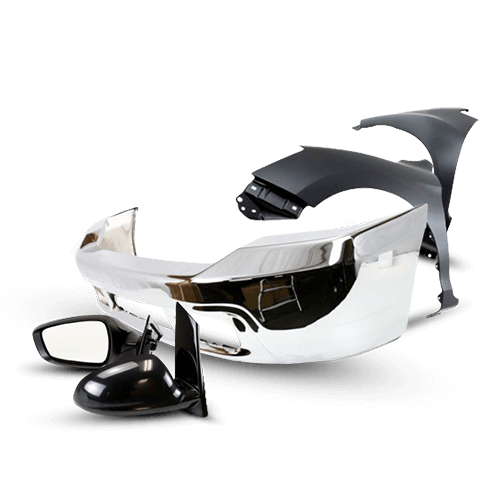
what does suspension do for a car
When you drive your car, you might not think about the intricate mechanisms that allow it to glide smoothly over various terrains. The suspension system is an important factor in ensuring a comfortable and safe ride. In this comprehensive article, we will go over what suspension does for a car and how important it is in providing a comfortable driving experience.
What Does Suspension Do for a Car?
The suspension system of a car plays a fundamental role in maintaining contact between the tires and the road while mitigating the impact of bumps, potholes, and uneven surfaces. It ensures that the wheels have the necessary grip, allowing for proper handling and control. The suspension system provides a comfortable and stable ride for the passengers by absorbing shocks and vibrations.

What are suspension components in a car?
A car's suspension system comprises several components that work harmoniously together. Understanding these parts is essential to comprehending the system's overall functionality. Follow along with us as we take a closer look at each component to learn what suspension does for a car:
Springs
Springs are a key component of the suspension system. They are classified into coil springs and leaf springs. These springs store and release energy as the car travels over bumps, maintaining a consistent ride height and effectively absorbing shocks.
Shock Absorbers (Dampers)
Shock absorbers, also known as dampers, work alongside springs to control the oscillation of the suspension after encountering disturbances. They keep the wheels in contact with the road, preventing excessive bouncing and improving stability.

Struts
Struts are modular components that perform multiple functions. They function as structural supports for the suspension system as well as shock absorbers. In addition, Struts dampen the spring's movements as they react to the road surface.
Control Arms
Control arms connect the chassis to the wheel hub, allowing for vertical movement but limiting horizontal movement. They aid in the control of the wheel's positioning and alignment under varying driving conditions.
Sway Bars (Stabilizer Bars)
Sway bars, also known as stabilizer bars, play an important role in reducing body roll during cornering. They connect the suspension's left and right sides, distributing force evenly to maintain stability and improve handling.
Consultation and purchase of Brakes, Brake pad, Brake sensor, Brake drum, Brake shoes types from bestparts.ca
read more: What Happens If Your Car Suspension Is Bad?
How Does Suspension Benefit Your Car?
The work of the car suspension system provides several significant benefits that improve the overall performance of your vehicle and ensure a pleasant driving experience. Let us look at these benefits:
Improved Ride Comfort
A properly functioning suspension system ensures that your vehicle's passengers have a smooth and comfortable ride, even on rough roads. It reduces the impact felt inside the vehicle by absorbing shocks and vibrations, resulting in a more enjoyable journey.
Enhanced Handling and Control
The suspension system's ability to maintain tire contact with the road enhances the car's handling and control. It improves steering responsiveness and stability, making it easier for the driver to navigate through various driving conditions.
Better Traction
Traction is essential for maintaining control, especially in bad weather. A properly tuned suspension system improves tire grip, prevents skidding or slipping, and improves overall safety.
Reduced Wear and Tear
The suspension system reduces wear and tear on other car components such as tires, steering, and the chassis by absorbing shocks and vibrations. This increases the life of these parts and reduces maintenance costs in the long run.
Increased Safety
A well-functioning suspension system improves overall vehicle safety. It keeps the tires in proper contact with the road, lowering the risk of an accident and improving braking efficiency.

Common Suspension Problems and Solutions
As with any automotive system, the suspension can experience issues over time. Being aware of these issues allows you to take prompt corrective action. Here are some examples of common suspension issues and their solutions:

Uneven Tire Wear
Uneven tire wear is often an indication of misaligned suspension components. It can be resolved by getting a wheel alignment done regularly to ensure proper tire contact and extend tire life.
Excessive Bouncing
If your car bounces a lot after hitting a bump or a pothole, it could be due to worn-out shock absorbers. The shock absorbers must be replaced to restore the vehicle's stability and ride comfort.
Drifting or Pulling
Improper wheel alignment or uneven tire pressure can cause drifting or pulling to one side while driving. This problem can be solved by getting a wheel alignment and maintaining proper tire inflation.

Noisy Suspension
Unusual noises coming from the suspension while driving, such as clunks or squeaks, can indicate worn-out components. These noises will be eliminated by identifying and replacing the faulty parts.
Leaking Fluids
Fluid leakage around the shock absorbers or struts indicates a problem with the suspension's seals. Replacing the faulty seals will prevent fluid leakage and keep the suspension performing optimally.
Types of Car Suspension Systems
When it comes to providing a smooth and stable ride, a car's suspension system is critical. because the car suspension is in charge of absorbing shocks and vibrations, maintaining tire contact with the road, and providing comfort to passengers. Different types of suspension systems have been developed by car manufacturers, each with its own distinct design and characteristics. In the following, we will look at the various types of car suspension systems, their components, and their advantages:
1. Coil Springs
Coil springs are one of the most common types of car suspension systems. They are made up of heliically wound metal springs that compress and expand to absorb road shocks and bumps. Coil springs work with shock absorbers (dampers) to provide a smooth and comfortable ride. This type of suspension is well-known for its dependability, low cost, and ease of maintenance.
2. Torsion Bars
Torsion bar suspension is another popular type of suspension system. Torsion bars replace coil springs with long metal bars that are anchored to the chassis at one end and the control arm at the other. When the wheel moves, the torsion bar twists in response, absorbing road impacts. The torsion bar then untwists and comes to a stop until the next bump. Torsion bar suspensions are popular in trucks and SUVs due to their durability and ability to handle heavy loads.
3. MacPherson Struts
MacPherson struts are a type of suspension system in which the functions of a shock absorber and a suspension component are combined into a single unit. They are made up of a vertical strut connected to the bottom of the wheel hub and the top of the vehicle's body. MacPherson struts simplify suspension design, reduce weight, and increase engine compartment space. They're common in front-wheel-drive cars and provide excellent handling and stability.

4. Independent Suspension System
The independent suspension system is intended to allow each wheel to move independently of the other. This system provides more comfort and improved handling, particularly on rough roads. Independent suspension systems are classified into three types: double wishbone, multi-link, and trailing arm. Because of its superior performance, independent suspension is frequently used in luxury cars and sports vehicles.
5. Semi-Independent Suspension System
Semi-independent suspension is a less complicated and less expensive alternative to fully independent suspension. It gives each wheel some independence while still connecting the wheels on the same axle. Torsion beam suspension, which uses a rigid beam to connect the two wheels, is a common type of semi-independent suspension. Semi-independent suspension systems are common in compact cars and provide an excellent balance of comfort and affordability.
Finally, the type of suspension system in a car has a significant impact on its performance, handling, and ride comfort. Coil springs and torsion bars are reliable and widely used, whereas MacPherson struts are simple and save space. Independent suspension systems provide the best ride quality and handling, especially in high-performance vehicles, whereas semi-independent suspension systems strike a balance between comfort and cost-effectiveness. Understanding the various types of car suspension systems can assist you in comprehending what suspension does for a car. It also enables you to make an informed decision when choosing a vehicle that meets your specific needs and preferences.
Conclusion
The suspension system is an essential component of any vehicle, ensuring a comfortable, stable, and safe driving experience. You can appreciate the value of a well-maintained suspension in guaranteeing optimal vehicle performance by understanding its components, functions, and benefits. Regular inspections, maintenance, and fast action to resolve faults will help your suspension system last longer, making your journeys more enjoyable and secure.

FAQ
How often should I get my car's suspension checked?
- It's recommended to have your car's suspension checked at least once a year or every 12,000 miles. Regular inspections can help identify potential issues early on and ensure optimal performance.
Can I drive my car with a damaged suspension?
- While it may be possible to drive with a damaged suspension, it is not safe or advisable. A damaged suspension can compromise handling, stability, and braking, posing serious safety risks. It's essential to get it repaired as soon as possible.
What are the signs of a failing suspension system?
- Signs of a failing suspension system include excessive bouncing, uneven tire wear, drifting or pulling, noise from the suspension, and a rough or uncomfortable ride.
Can I replace only one part of the suspension system?
- It's generally recommended to replace suspension components in pairs (e.g., both front struts or both rear shocks) to ensure balanced performance and handling.
How can I maintain my car's suspension system?
- Regularly inspect your suspension for signs of wear or damage. Additionally, have your car's wheel alignment checked, maintain proper tire pressure, and avoid overloading your vehicle to prolong the suspension's lifespan.
Does a sports car have a different suspension system?
- Yes, sports cars often have a performance-tuned suspension system that prioritizes handling and cornering abilities. They may feature stiffer springs, dampers, and sway bars compared to standard car suspensions.























































